Jul 6th 2022 - Monica Cunanan
What is Hard Cider? Everything You Need to Know
Alcoholic Ciders are a great alternative to beers. If you add it as an option for your customers, then you can cater to those who may not drink beer. Hard Cider is an alcoholic drink made from fermented apple juice. Get to know this delicious beverage, including its alcohol content and how to brew hard cider. You may want to learn about different hard cider varieties and proper serving and storage techniques.
What Is Hard Cider?
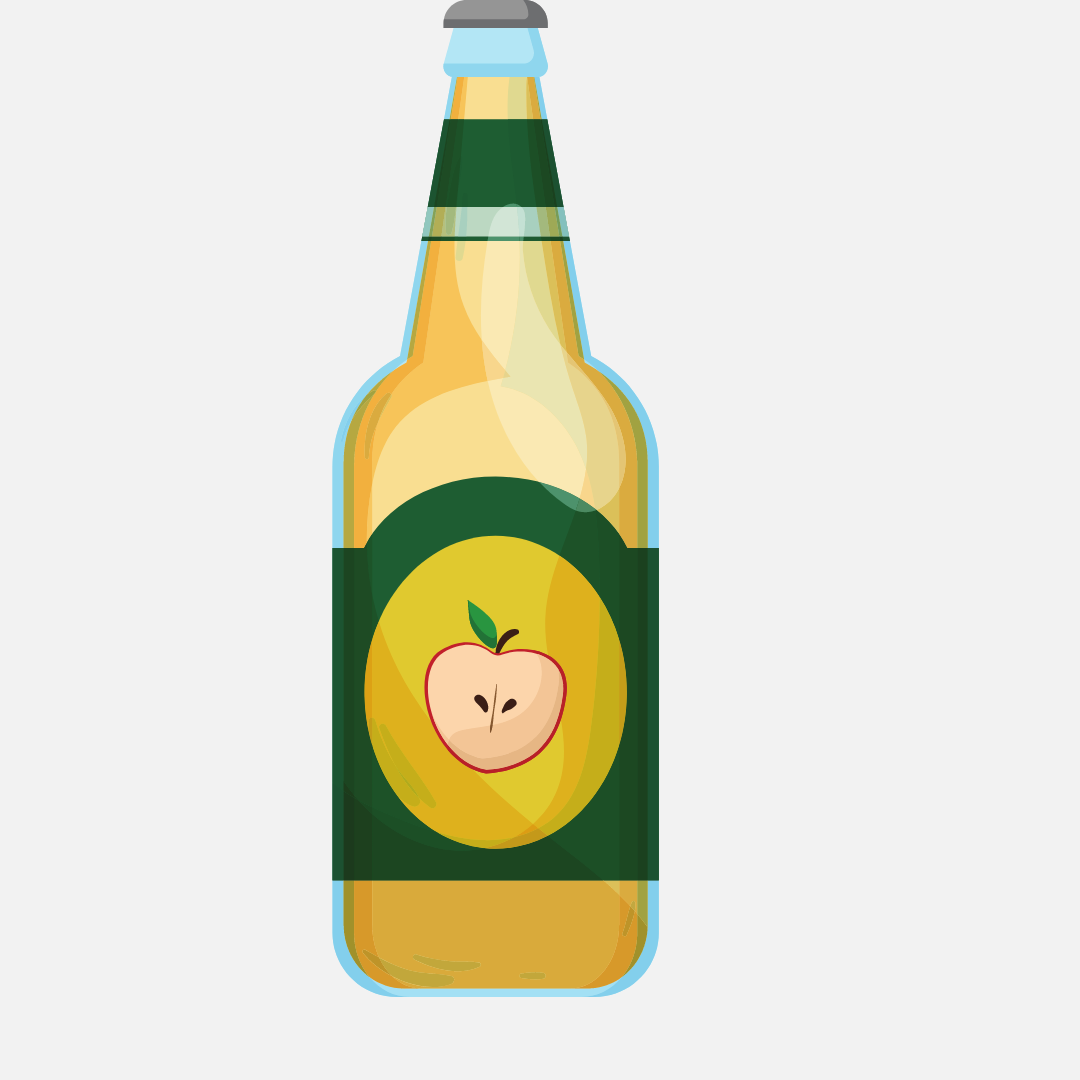
Hard Cider is an alcoholic drink made from fermented apple juice. The addition of "Hard" in its name distinguishes this drink from its nonalcoholic counterpart, which is made by pressing apple to produce apple cider which has zero percent alcohol levels.
Cider refers to alcoholic beverage in most parts of Europe and America. Until the 20th century when the word "cider" was used to refer to an alcoholic beverage, the term "cidre" referred to a nonalcoholic beverage. As a result of the use of "cider" to describe freshly pressed apple juice, the term "hard cidre" was adopted by some people to emphasize the alcohol ciders.
Apple Cider vs Hard Cider
Simply put, the difference between apple cider and hard cider is the alcohol content (or the lack thereof).
Apple cider is unfiltered apple juice that still contains all the apple bits, pulp, and sediment from the apples. It is the unrefined form of apple juice. To make an alcoholic drink, yeast is added which turns the sugar into alcoholic cider.
Hard cider is the grown-up version of apple cider since it is an alcoholic drink. Cider can be made from any fruit purees or any juice of fruits. However, apples and pears are commonly used.
If apple cider is left unpasteurized and unrefrigerated, it will begin to ferment naturally and turn into hard cider.
Alcoholic Ciders
Is Hard Cider Considered Beer?

It is not considered beer, despite the fact that it can often be found on a beer menu. The only thing these two drinks have in common are that they're both brewed from fermentation and flavored by hops. On the other hand, cider is defined as an alcoholic beverage made by fermenting juice, typically from juice of apples.
It's important to remember that hopped cider is becoming increasingly popular. These ciders are made from hops and not from malted barley, so they're a great gluten-free alternative to beer. Like trendy in bars, restaurants, and on beer lists.
Different Types of Hard Cider
There are several varieties that suit different palettes. There are different types of cider, depending on their sweetness, and they're usually available either still or carbonized.
They are also distinguished by the fruits they use in their recipes. You can use any fruit to make it. However, apples are the most common. You can use any type of fruit juice for making cider, including plums, pear juice, strawberries, and pineapple juice.
They also come in different styles, which are differentiated based on their alcohol and sugar levels.
Dry Cider

Cider has less than 0.5 percent residual sugar and is usually more acidic than the other varieties. Cider made from fermented apple juice has a lower sugar content than other types of cider. Oak barrels are used to age most dry ciders to complement their mineral qualities This has a low sugar content, but a high alcohol content. All the sugar is converted into alcohol. Therefore, you can expect about 0.5% residual sugar with up to 7% alcohol.
Off-Dry Cider

A sweet cider has slightly more body and usually contains less than 2% residual sugar. Cider tends to be smoother and have richer flavors than beer. Bone dry cider is slightly sweeter. It has about 1–2% residual sugar which makes it taste better too.
Semi-Dry and Semi-Sweet Cider
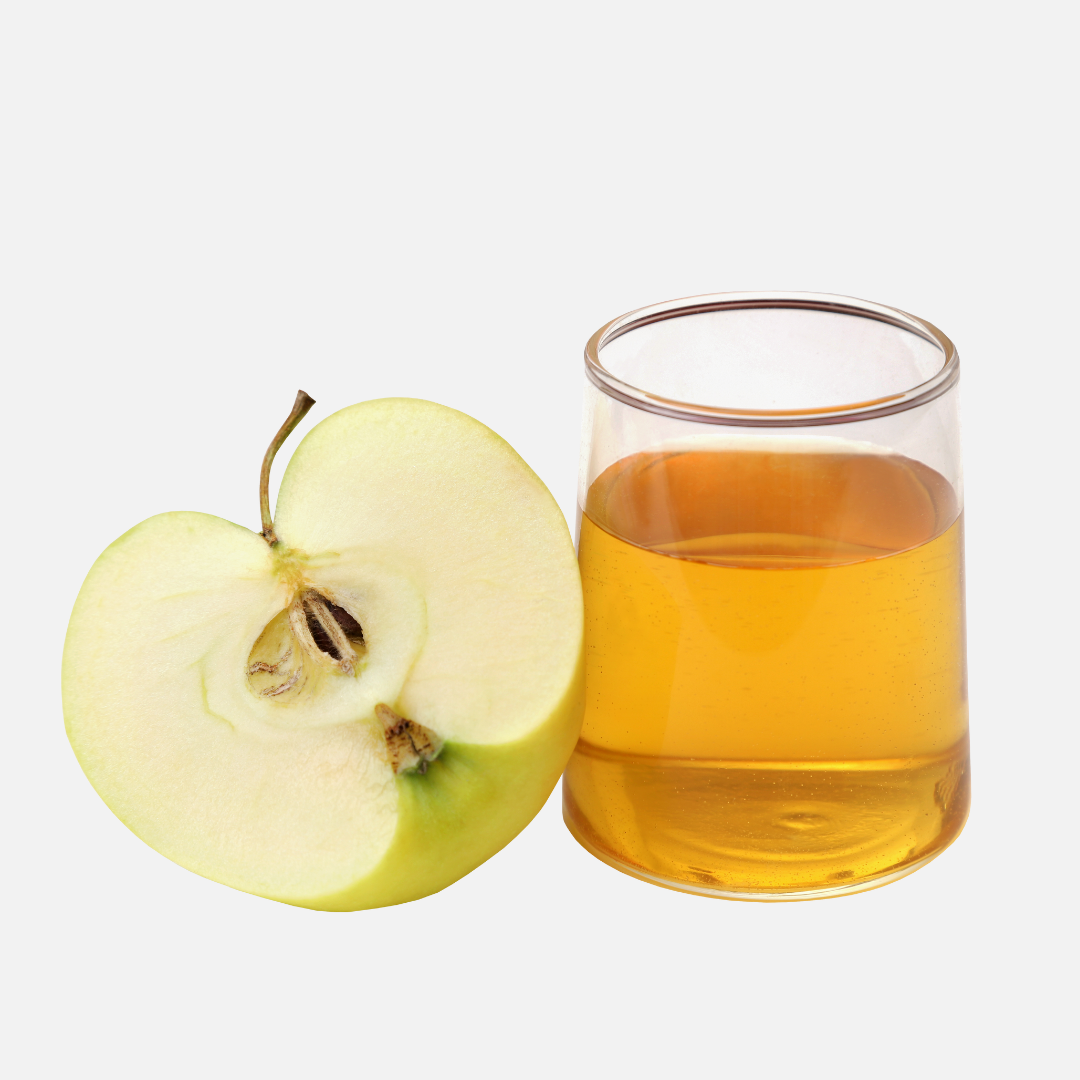
These contain between 2% and 4% residual sugar. They're both similar in taste and have hearty bodies and more pronounced apple flavor. Semi–sweet ciders are the sweetest versions. It can have anything from 2% to 4% residual sugar and it has luscious, intense apple flavors.
Both these ciders offer a delightful experience.
Terminologies Used
Now that you've learned about the basics of cider, let's take a look at some specific terms you may hear when talking about them. The terms used to describe cider is quite similar to that used to talk about beer and wine.
- Nose: The aroma or smell
- Body/Mouthfeel: The feel of it including the weight, viscosity, carbonation levels, clarity, etc.
- Finish: Residual flavors or sensations after drinking
- Acid/Sour: Ciders fermented with wild yeast (not commercial controlled yeasts) generally will end up sour or funky.
- Funk: A term used to indicate the presence of flavors not usually found in commercial offerings. Used to describe “wilder” flavors created by the presence of unpredictable and naturally occurring yeast.
How to Store

Hard cider is fermented so it doesn’t need to be refrigerated after it’s bottled, but it tastes better for a longer period if it is stored cold at about 40 degrees Fahrenheit in a bottle cooler. Don't let your cider freeze, as this will cause the yeast to die and alter the flavor of the beverage. Also, most bottles and cans of cider can be stored upright or on their sides without affecting their flavor.
How to Serve
To serve ice cider, make sure to follow these steps to ensure a fresh and flavorful beverage.
- Serve at approximately 40°F: This serving temperature is similar to white wines. Also, if it’ s too cold, it can sometimes be difficult for guests to enjoy the different flavors. If you serve a cider that is too warm, guests may not enjoy it.
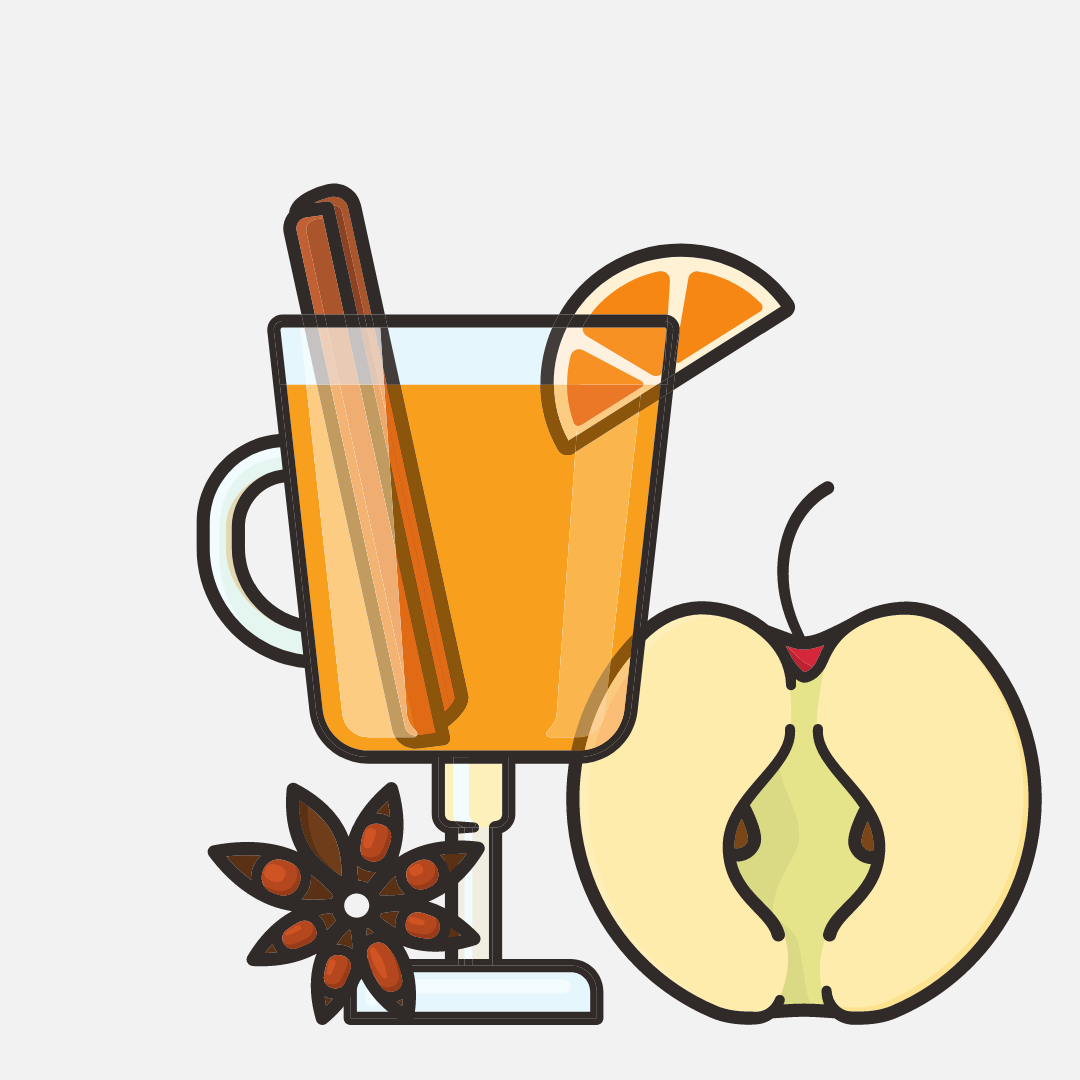
- If you are putting hard cider on draft (or any other beverage), it is important to thoroughly clean out the tap because the delicate flavors can be affected by contamination. It’s important to dedicate a specific tap to this beverage only. Since it's naturally gluten-free, it is served separated so customers who have allergies can enjoy it without worrying about cross-contamination.
- While many different receptacles can serve cider, the best type of glass is one with a big enough bowl to allow for proper aeration, such as Bordeaux wine glasses. The stem keeps the drinker's hand warm by preventing it from warming up the drink before drinking. However, in less-formal settings, like sports bars or pubs, it’ll be served in a pint glass or cider glass.

- When pairing food and cider, consider asking yourself the following question: “What is an excellent ingredient for cooking when apples are involved?” This will allow you to pair your fruity cider easier. Foods like pork, poultry, butternut squash and salads all pair very nicely with this beverage. Here are some general guidelines for pairing foods: If serving an entrée, serve it with a dry cider; if serving a dessert, serve it with a sweeter one.
Beverages related to hard cider include beer, wine, etc
Apple Wine
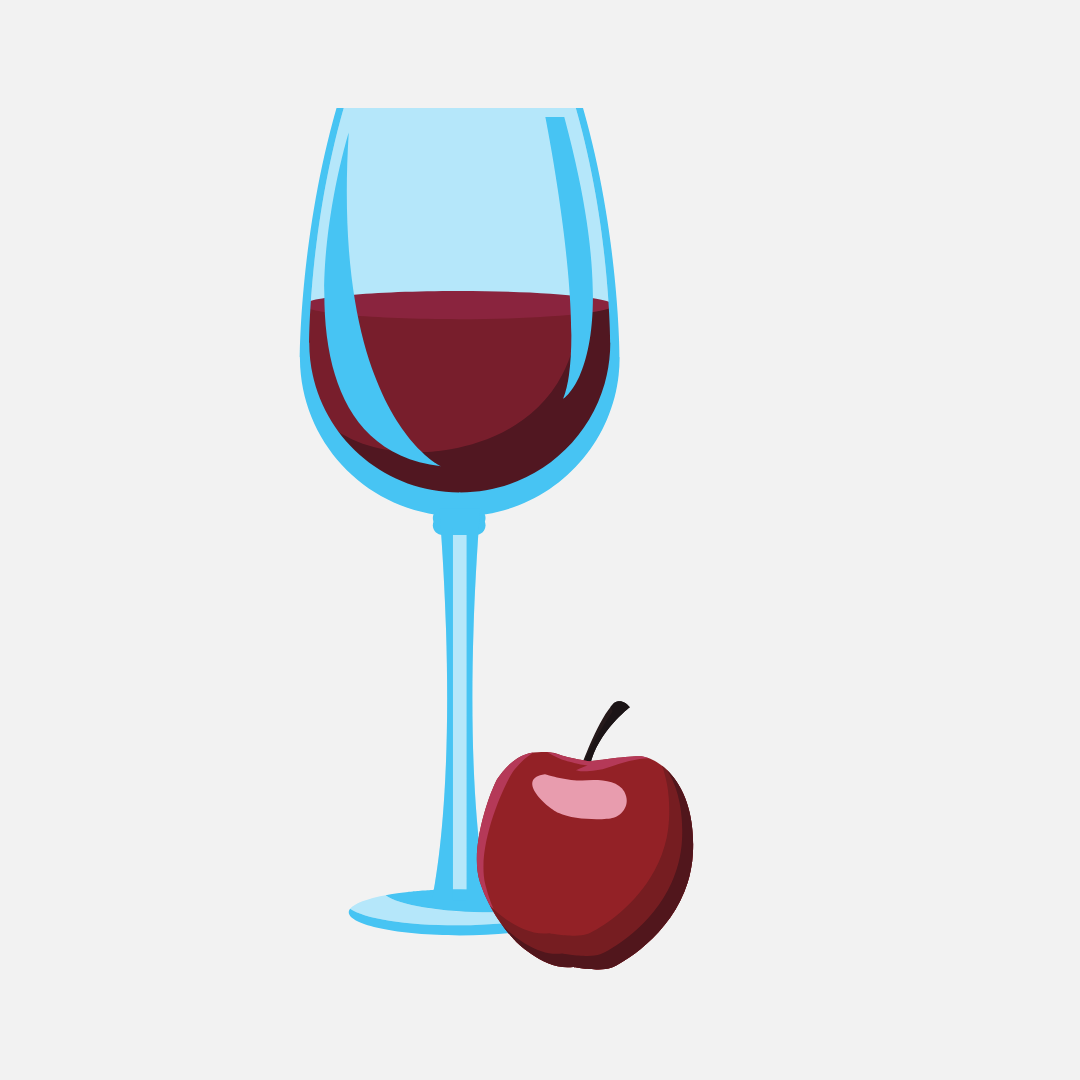
Apple wine is very similar to hard cider; so similar that it’s difficult to tell them apart. Generally, the biggest differences between hard cider and apple wine production are the alcohol content.
There is no magical number for the percentage of alcohol by volume (ABV) that makes something an "apple wine" or a "hard cider." However, if you're going to call it an "apple wine," then you should be able to provide evidence that ABV cider 8%.
For most ciders, I consider an ABV Cider of 8% to be a good starting point. Anything above that, and I have trouble calling it a cider.
Perry (Pear Cider)

Perry is a type of hard cider that uses pear juice instead of apple's. So, swapping apples for pomegranates in the definition at the beginning of the page would mean that perry is "an alcoholic beverage made by fermenting the juice of pomegranates."
Pear cider should consist almost entirely of pear juice. Adding apple juice to a pear cider would be considered a filler that detracts from the quality of the drink.
Apple Jack (Apple Brandy)
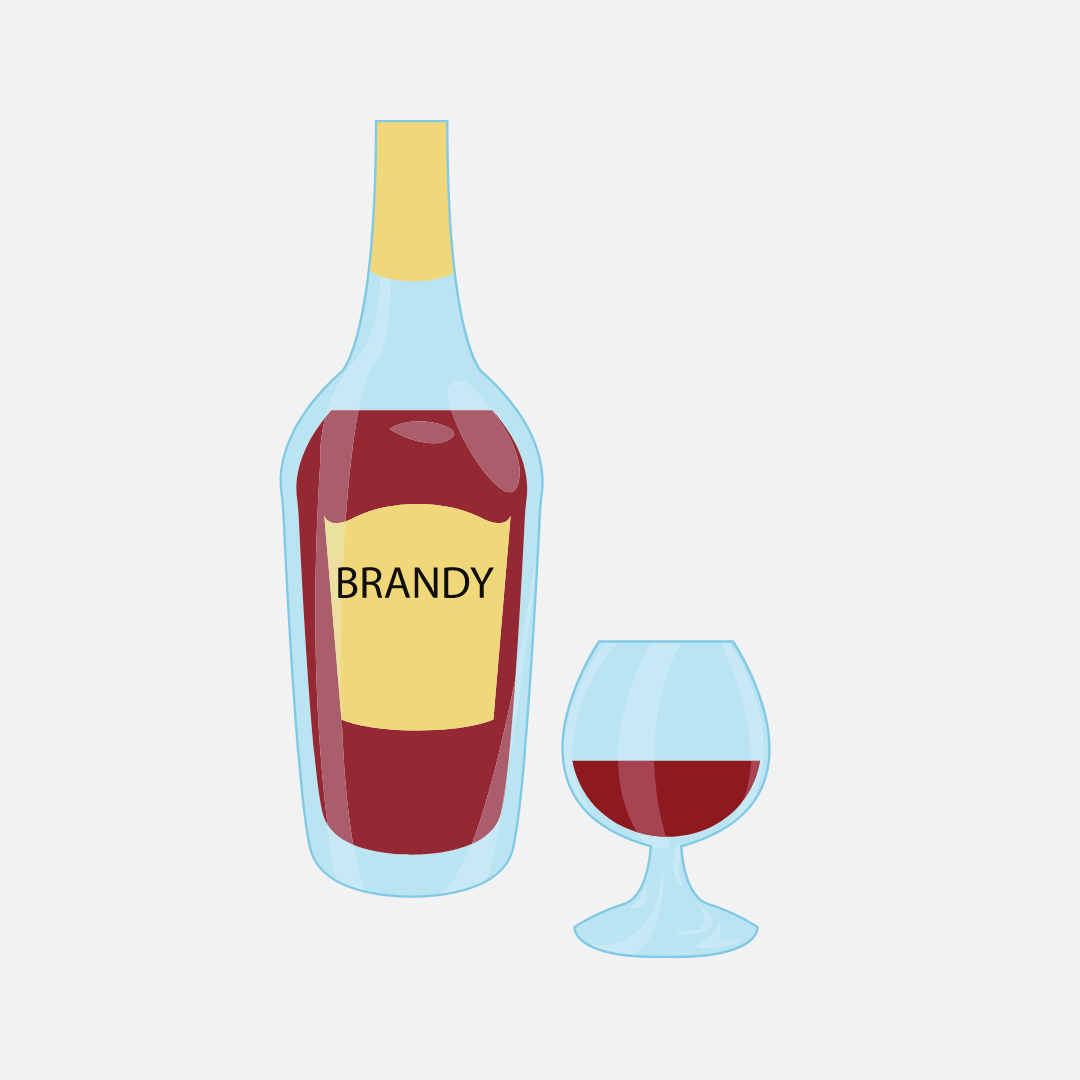
Applejack is a drink that is made by making alcoholic hard cider, then distill it to increase the alcohol level into an apple brandy, which is then aged for several years before bottling. On the site, I don't go into this because distilling at home, without proper permits and licenses, is illegal. Generally, applejack is distilled through a process known as 'freeze distillation', which involves freezing the hard apple cider, then removing the frozen ice (because the water will freeze, thus leaving the concentrated alcohol behind)
Ice Cider
Ice cider is the apple equivalent to ice wine. This is made in one of 2 ways:
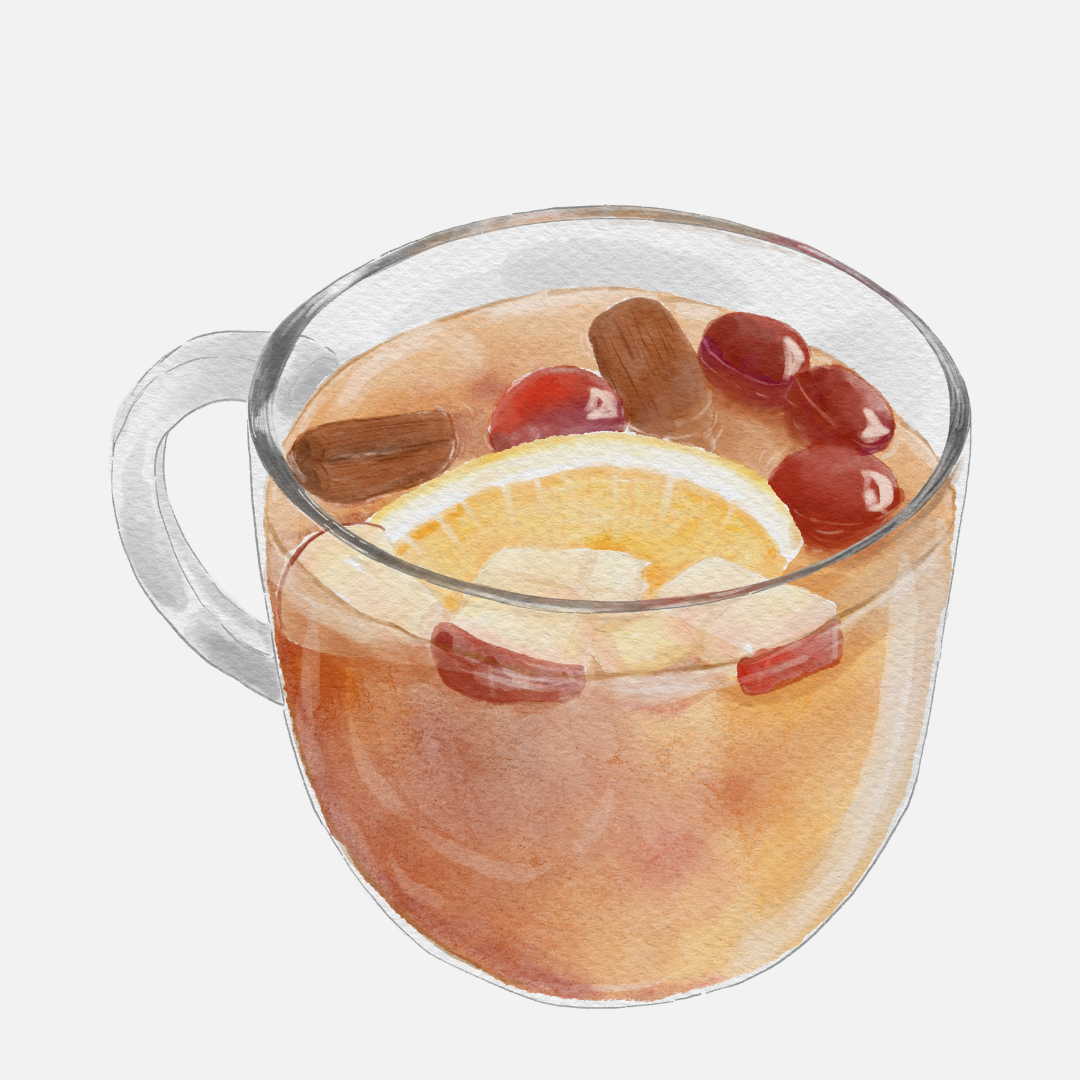
- You can make non-alcoholic cider by fermenting apple juice without adding any sugar. Then, when you're done fermenting, you can freeze it and remove the water from the frozen mixture to concentrate the sugar.
- Leave the apples on your trees until late fall, when the cold weather naturally concentratesthe sugars. Harvest them then, and use them to make hard cider. The resulting cider will be higher in simple sugar than if you had harvested the apples earlier.
Flavored Hard Cider vs. Wine
If you ferment apple juice, it is called hard cider. If you ferment pear juice, it is called perry. If you ferment grape juice, it is called wine. If you ferment another type of juice, such as raspberry, pineapple, peach, watermelon, etc into fruit ciders, make sure to think at through since these nicknames tend to interchange them to fruit wine and many more.
- Cider purists: A cider extremist would say that if it contains any fruit other than apples then it cannot be called hard cider. Most cider enthusiasts don't go this far, but they will tell you that if it contains any apple juice other than 100% apple juice, it cannot be called hard cidre.
- The others: If apples play a significant role (50%) or more, then it still falls in cider camp.
Regardless of what, it's always better to consume your drink soon after it's served before it loses its fizziness.
Cider is a growing trend in alcohol consumption, especially among millennials. It's a great alternative to beer in Cider House and a good choice for people who follow a gluten-free diet, too. Try this drink year-round for a seasonal fall or winter beverage option or as a fresh juice in the spring and summer.

